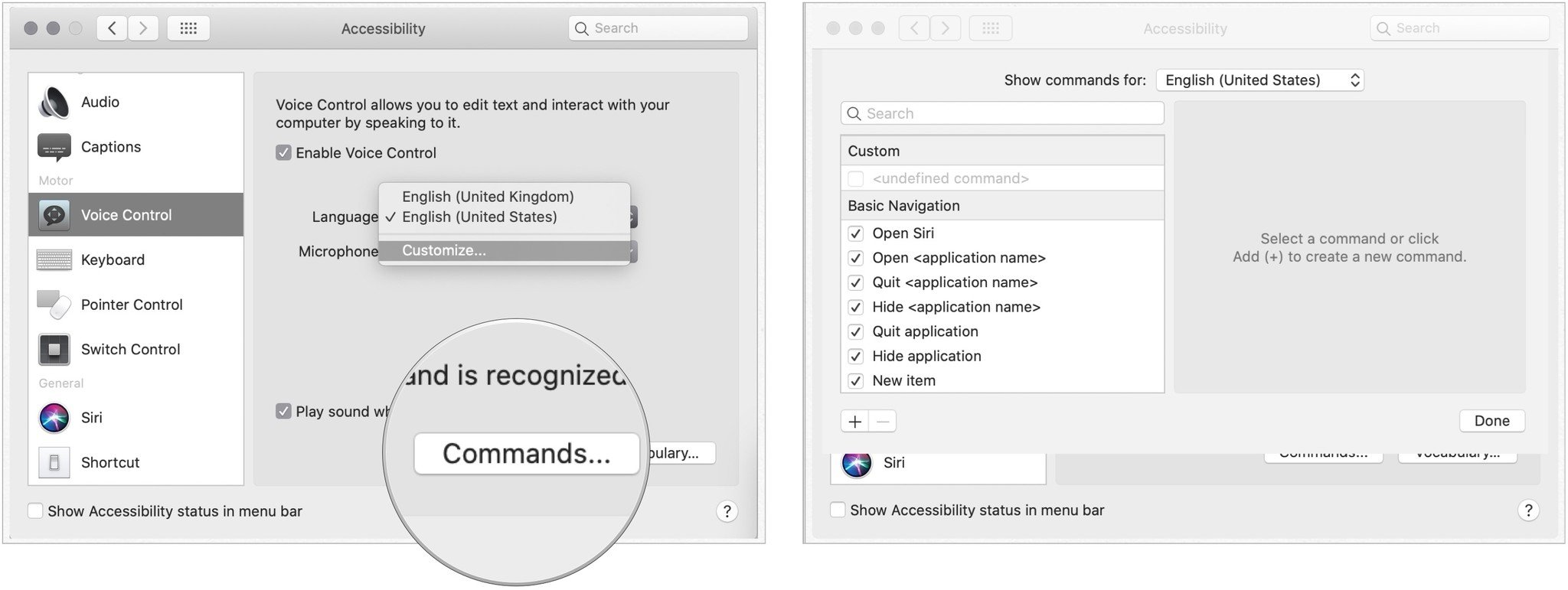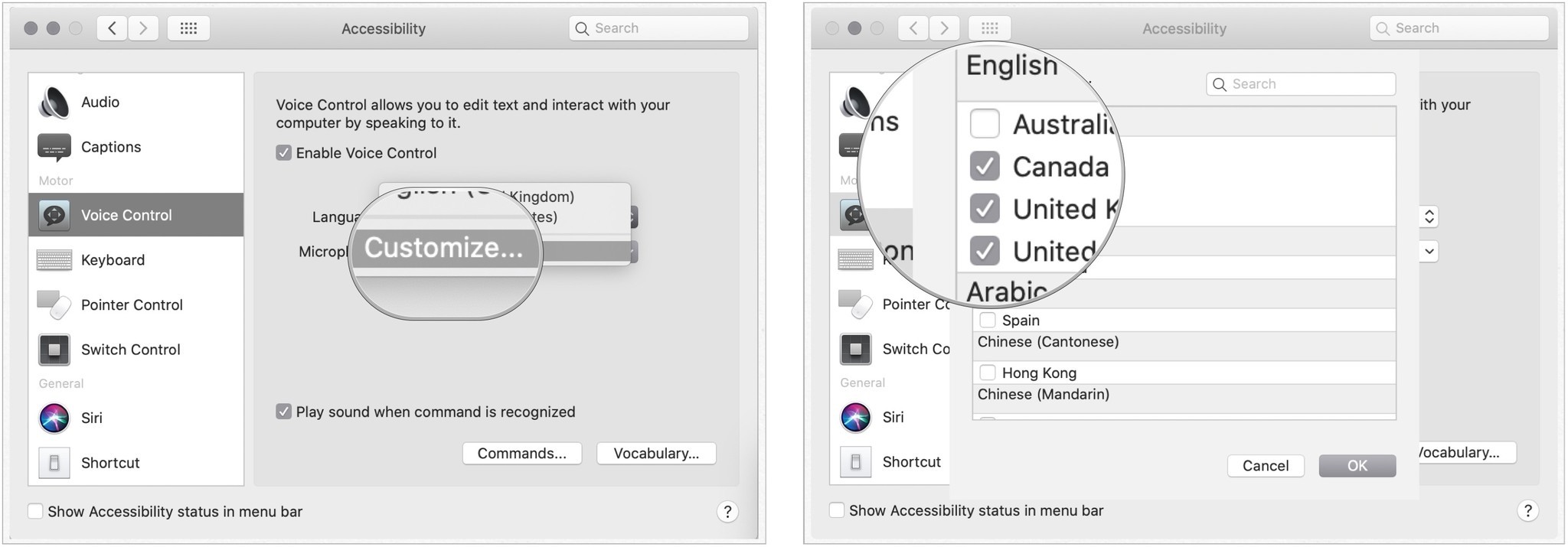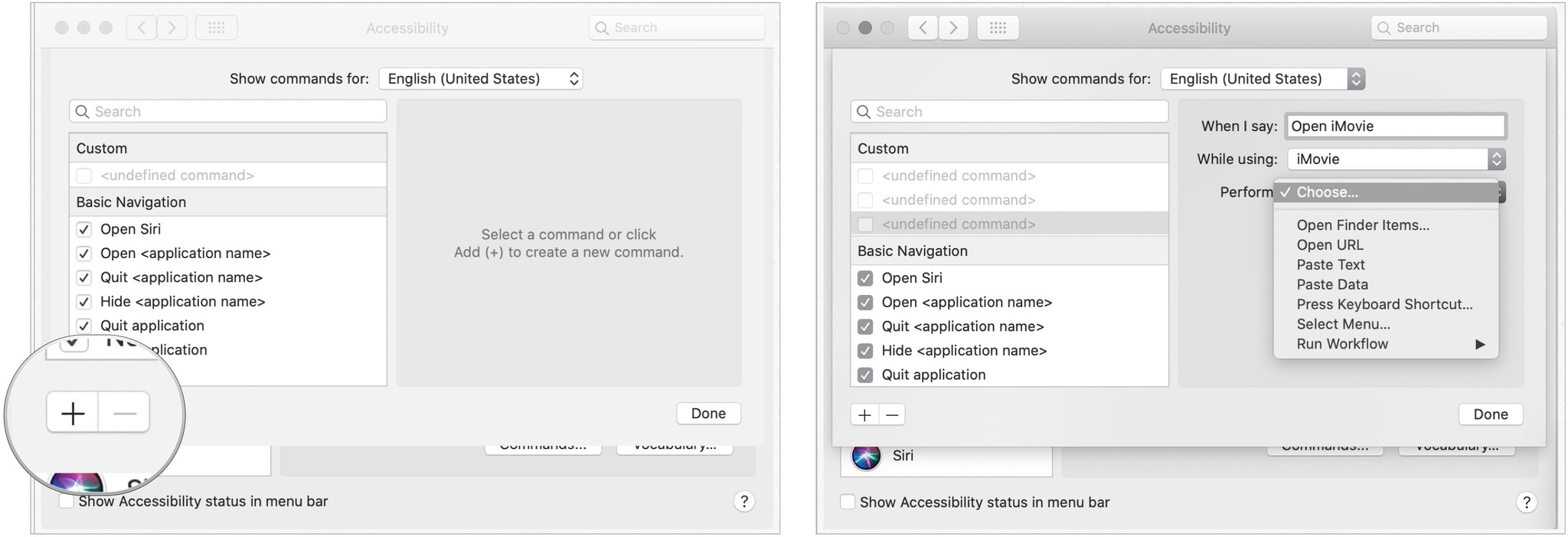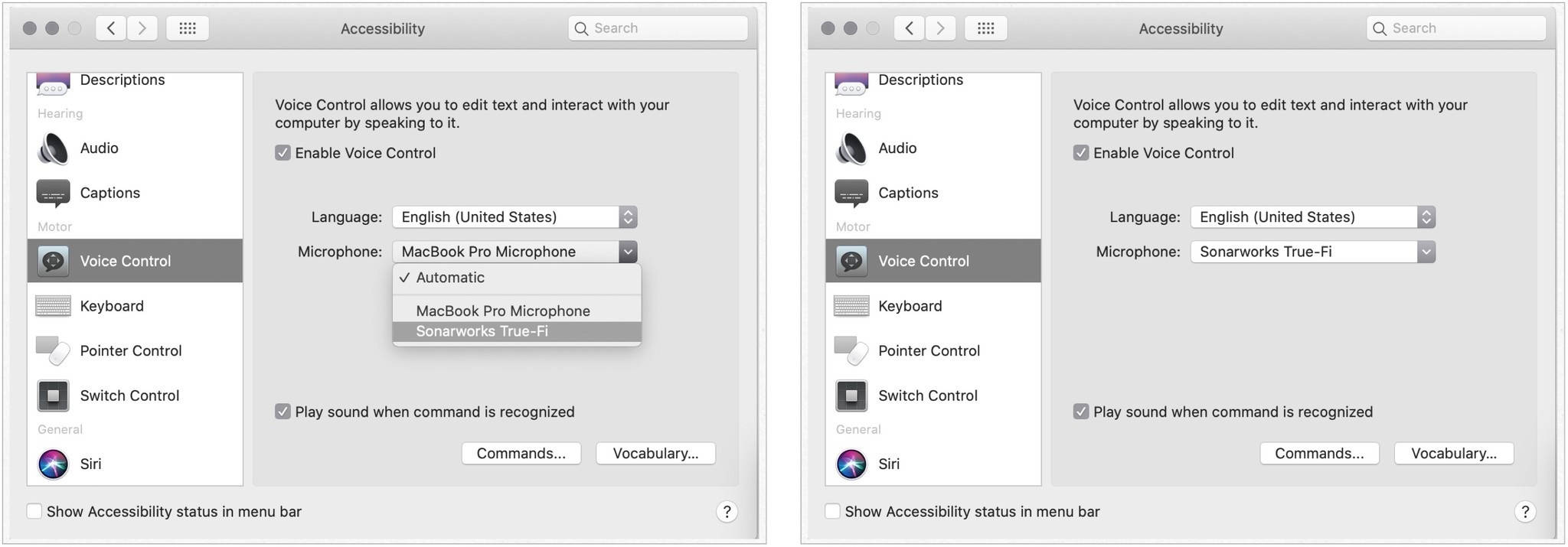How to use Voice Controls on Mac

- Turn on Voice Controls on Mac
- Wake/sleep Voice Controls
- Change the Voice Controls language
- Select a new language in Voice Controls
- Enable/disable commands in Voice Controls
- Create custom commands in Voice Controls
- Delete custom commands in Voice Controls
- Change the microphone for Voice Controls
- Receive an alert when a command is recognized in Voice Controls
With Voice Control in macOS Monterey, users can use speech commands to control their devices. The feature has been designed for those folks with limited agility, mobility, and other conditions available on iPhone, iPad, and Mac. However, it also serves as a great new way to interact with your devices.
Voice Control works on all of your favorite Macs, available for your accessibility needs.
How to turn on Voice Controls on Mac
If you're using Voice Control for the first time, you'll need to set it up by following these steps:
- Click on System Preferences on your Mac's Dock.
- Select Accessibility.
- On the Accessibility page, tap Voice Control under the Motor section.
- Check the box for Enable Voice Control.
How to wake/sleep Voice Controls on Mac
You can wake and sleep Voice Control by doing the following:
- Click Wake on the Voice Control icon to wake the tool.
- Click Sleep on the Voice Control icon to put the tool to sleep. During this time, Voice Control won't work.
How to change the Voice Controls language on Mac
Voice Control uses your default language at startup. To change:
- Click on System Preferences on your Mac's Dock.
- Select Accessibility.
- On the Accessibility page, tap Voice Control under the Motor section.
- Click on the pull-down next to Language.
- Select Customize.
- Tap the box for the language(s) you'd like to add.
- Choose OK.
How to select a new language in Voice Controls on Mac
- Tap the current language noted on the Voice Control icon on the right side of your device.
- Choose the language you now want to use.
How to enable/disable commands in Voice Controls on Mac
You can enable/disable any command in Voice Control, including those created by Apple and yourself:
- Click on System Preferences on your Mac's Dock.
- Select Accessibility.
- On the Accessibility page, tap Voice Control under the Motor section.
- Click on the Commands button.
- Check the box(es) for the commands(s) you want to enable or uncheck the box(es) for the command(s) you want to disable.
- Click on the Done button.

How to create custom commands in Voice Controls on Mac
Yes, you can add personal commands to work with Voice Controls. To add Custom Commands:
iMore offers spot-on advice and guidance from our team of experts, with decades of Apple device experience to lean on. Learn more with iMore!
- Click on System Preferences on your Mac's Dock.
- Select Accessibility.
- On the Accessibility page, tap Voice Control under the Motor section.

- Click on the Commands button.
- Select +.
- Next, add your command in the When I say box. By default, this command is usable across all apps.
- To restrict the command to only one app, click on the While Using pull-down menu.
- Choose the app you'd like to use with your custom command.
- Choose how this command is Performed from the pull-down menu.
- Select Done.
You can now use this new custom command as you would others with Voice Control.
How to delete custom commands in Voice Controls on Mac
You can permanently delete any custom command for Voice Controls:
- Click on System Preferences on your Mac's Dock.
- Select Accessibility.
- On the Accessibility page, tap Voice Control under the Motor section.
- Click on Commands button.
- Highlight the command to delete under Custom.
- Select -.
- Click Delete to confirm the deletion.
Your custom command is no longer usable through Voice Control on Mac.
How to change the microphone for Voice Controls on Mac
By default, Voice Control will use your Mac's built-in microphone. You can change this to another microphone when available:
- Click on System Preferences on your Mac's Dock.
- Select Accessibility.
- On the Accessibility page, tap Voice Control under the Motor section.
- Click on the pull-down menu next to Microphone.
- Choose the microphone to use.
How to receive an alert when a command is recognized in Voice Controls on Mac
You can receive a sound alert each time a command is recognized:
- Click on System Preferences on your Mac's Dock.
- Select Accessibility.
- On the Accessibility page, tap Voice Control under the Motor section.
- Click the box next to Play sound when command is recognized.
So much to do
Voice Control works on all the best Macs, including the 24-inch iMac. As you can see, there's a lot you can do simply using your voice on Mac, thanks to the built-in Voice Controls. So start using them today and make your computing life much easier.
Updated April 2022: Refreshed for macOS Monterey.

Bryan M. Wolfe has written about technology for over a decade on various websites, including TechRadar, AppAdvice, and many more. Before this, he worked in the technology field across different industries, including healthcare and education. He’s currently iMore’s lead on all things Mac and macOS, although he also loves covering iPhone, iPad, and Apple Watch. Bryan enjoys watching his favorite sports teams, traveling, and driving around his teenage daughter to her latest stage show, audition, or school event in his spare time. He also keeps busy walking his black and white cocker spaniel, Izzy, and trying new coffees and liquid grapes.







